Frustrated With My Gardening
yellowbell
18 years ago
Related Stories
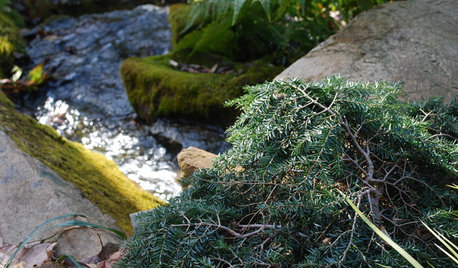
GARDENING GUIDESGreat Design Plant: Tsuga Canadensis ‘Bennett’
Bennett Canadian hemlock thrives in shade and provides sculptural interest in eastern U.S. gardens
Full Story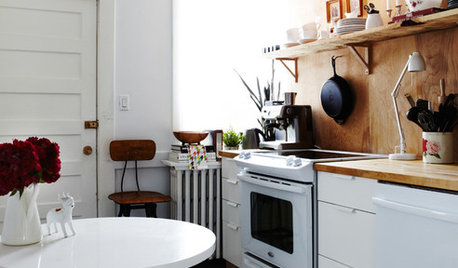
DECORATING GUIDESSecrets to Shopping Craigslist
Frustrated with your results nabbing Craigslist treasures? This hard-earned wisdom will help you bring that perfect piece home
Full Story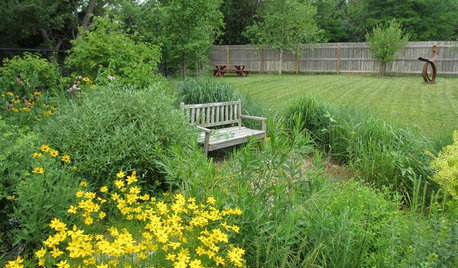
GARDENING GUIDESHow to Design a Garden That Lasts
Climates are changing. Wildlife is evolving. Can your garden keep up?
Full Story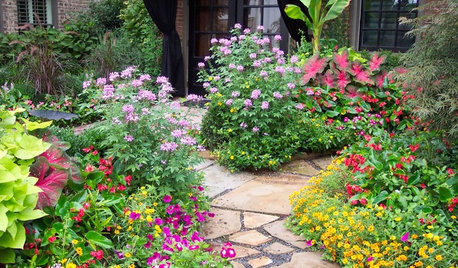
GARDENING GUIDESTexas Gardener: What to Do in June
Don't be discouraged by the dry summer heat — hardy plants, container gardens and smart watering can help landscapes thrive
Full Story0

FALL GARDENINGBe Your Own Wildflower Nursery
Gather seeds from your garden in fall, and you'll have a selection of plants for next year — without spending a dime
Full Story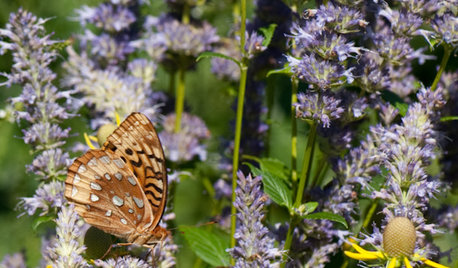
GARDENING GUIDESGreat Design Plant: Anise Hyssop Delights Licorice Lovers
With its distinct scent and flower spikes, drought-tolerant Agastache foeniculum stirs interest among humans and winged creatures alike
Full Story
FALL GARDENINGWhy Fall Is the Best Time for Planting
Spring is overrated for planting. Starting plants in autumn has advantages for both garden and gardener
Full Story
FARM YOUR YARDIf You Have Room for Only One Summer Crop ...
Get an edible that’s long on flavor even if you’re short on space, with a long-time gardener’s favorite picks
Full Story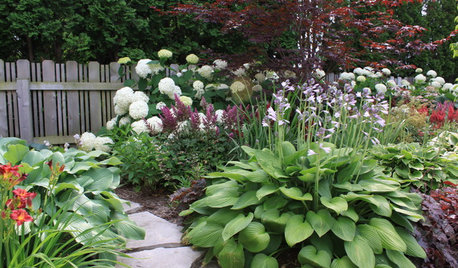
MOST POPULARSpring Gardens Are Blooming — Here’s What to Do in April
Get the guide you need for gardening in your U.S. region, with tasks, climate-appropriate plantings and more
Full Story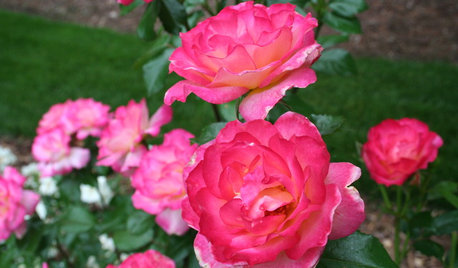
GARDENING GUIDESSoutheast Gardener: What to Do in June
Get your snippers out to protect your roses from beetles and harvest lavender from the landscape. It's a glorious month for Southern gardens
Full StoryMore Discussions






pitimpinai
Tiffany_Rose
Related Professionals
Norfolk Landscape Architects & Landscape Designers · Aberdeen Landscape Contractors · Ashburn Landscape Contractors · Athens Landscape Contractors · Hoffman Estates Landscape Contractors · Wanaque Landscape Contractors · Hueytown Landscape Contractors · Coral Shores Window Contractors · Homestead Window Contractors · Lakewood Window Contractors · Milwaukee Window Contractors · Missouri City Window Contractors · Morton Grove Window Contractors · Poinciana Window Contractors · Winnetka Window Contractorsvetivert8
username_5
tiffy_z5_6_can
weeddummie
Ina Plassa_travis
roxy77
Burnet
brenda158
yellowbellOriginal Author
gardenspice
tiffy_z5_6_can
yellowbellOriginal Author
iodso_yahoo_com
gardenspice